As lockdown continues, supermarkets are starting to ease buying restrictions. Aldi and Morrisons both this week removed temporary restrictions across all products, while Tesco, Sainsbury’s, Asda, Waitrose, Lidl, M&S, Iceland and the Co-op have scaled them back to all but a handful of the most in-demand categories - such as personal hygiene products, pasta, rice and some tinned food.
It follows a drop in demand as more people stay at home and social distancing rules limit the number of people in stores at any one time.
But - coming just weeks after a wave of panic-buying cleared shelves - it’s also testament to the incredibly hard work that’s been going on behind the scenes to boost supplies.
Take Tesco. At the height of panic-buying, the UK’s biggest retailer was forced to ration every product to a maximum of three per customer. Some of its stores went further still, notifying shoppers on signs near the entrance that the limit was two of any item per customer.
With availability returning to normal, it has now been able to lift restrictions on all but a few categories - toilet roll, household and personal cleaning, fresh eggs, home baking, pasta, rice and some tinned food – where a three-per customer limit remains. And these few remaining restrictions are expected to end soon.
So how has Tesco managed to restore availabilty so quickly?
Firstly, it’s been working with local farms to boost supplies across the UK.
Three weeks ago, you might as well have crossed eggs off your shopping list before leaving home, and milk was not much easier to find. Tesco responded by getting far more of both from local farmers and dairies, who have scaled up deliveries to stores.
St Ewe Eggs in Cornwall, one of several examples cited by Tesco in case studies shared with The Grocer, has increased capacity by 1,000 cases and is delivering to an additional 60 stores.
The supplier, along with its producer farms, “pulled out all the stops and resources at our disposal”, says St Ewe director Bex Tonks.
Tesco also last week introduced white eggs originally destined for McDonald’s through its main supplier Noble.
Meanwhile, five local dairies have between them provided nearly 200,000 additional litres of milk a week. Among them is Graham’s The Family Dairy in Scotland, which has increased weekly supply from 70,000 litres to 200,000 litres.
“Our teams are going the extra mile to ensure that we continue to support Tesco and all our partners,” says Graham’s MD Robert Graham.
In meat, Simon Howie Butchers in Scotland has supplied over 30,000 additional packs of sausages to depots across England and Wales.
Howie Butchers MD Simon Howie says: “We realise we are an essential food business and we will keep turning up and working hard to feed the nation.”
Tesco has also simplified ranges of some products, enabling it to focus on the essentials.
In toilet roll, for example, Tesco says it worked with all suppliers to simplify the range from 33 products to 10, allowing it to source more of what was in most demand. It has also taken on new suppliers to source more than six million extra rolls.
Milk SKUs were also rationalised, with single pints removed for a period to create extra capacity for two and four pints, the ones most in demand.
Finally, both Tesco and its suppliers have been ramping up their distribution capacity.
Some major suppliers have also been helping by delivering directly to stores.
Its biggest toilet roll supplier, Kimberly-Clark, has opened a new depot to get more stock to shops daily, while Tesco itself is due to open two new depot locations.
In a new minute-long film to reassure consumers, Tesco highlights how one distribution centre alone, in Reading, sees a lorry leave every two minutes, 24 hours a day, to deliver to stores.
“We are incredibly grateful for everything that our suppliers are doing to help our customers get the food and essentials they need at this time,” Tesco chief product officer Andrew Yaxley says.
“Colleagues in our distribution centres have been working hard to get them through the supply chain and onto the shelves. Customer buying patterns are returning to normal which really helps and we hope this film reassures customers that they can continue to shop as normal. The supply is there.’’

He’s responsible for covering the discounters and retail property, and for commissioning and editing The Grocer’s analysis features. He has over 20 years' experience as a journalist, during which his by line has appeared regularly in a range of national newspapers.
Follow Steve on Twitter: @Steve_Farrell_ View full Profile

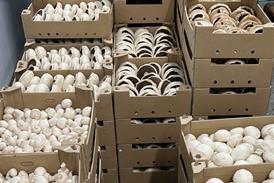







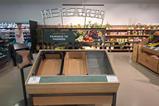







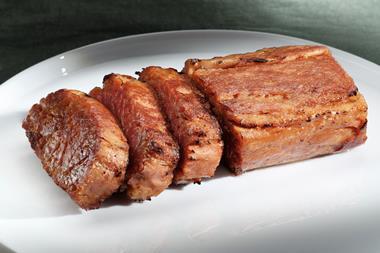
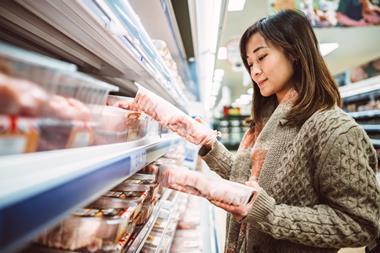
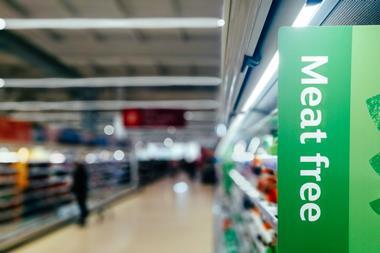
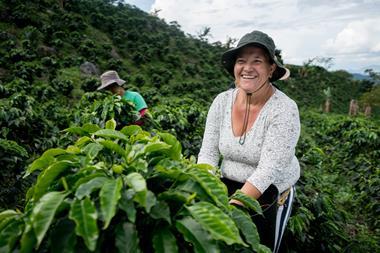
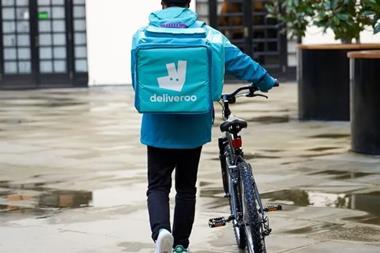
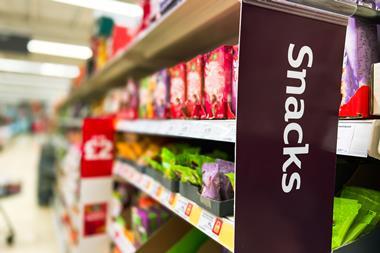
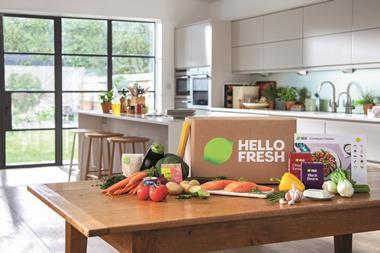
No comments yet